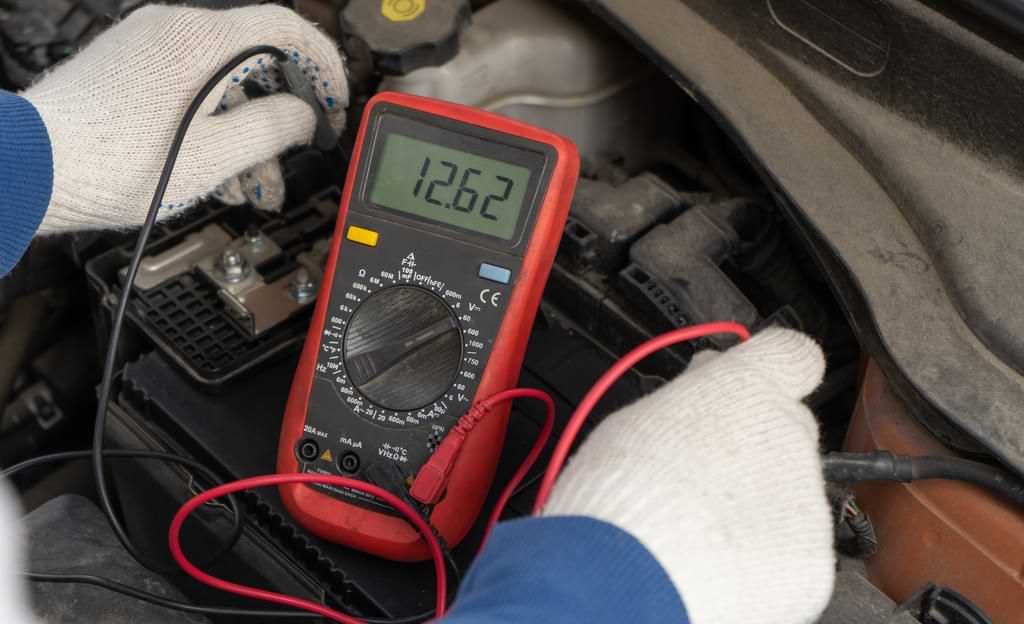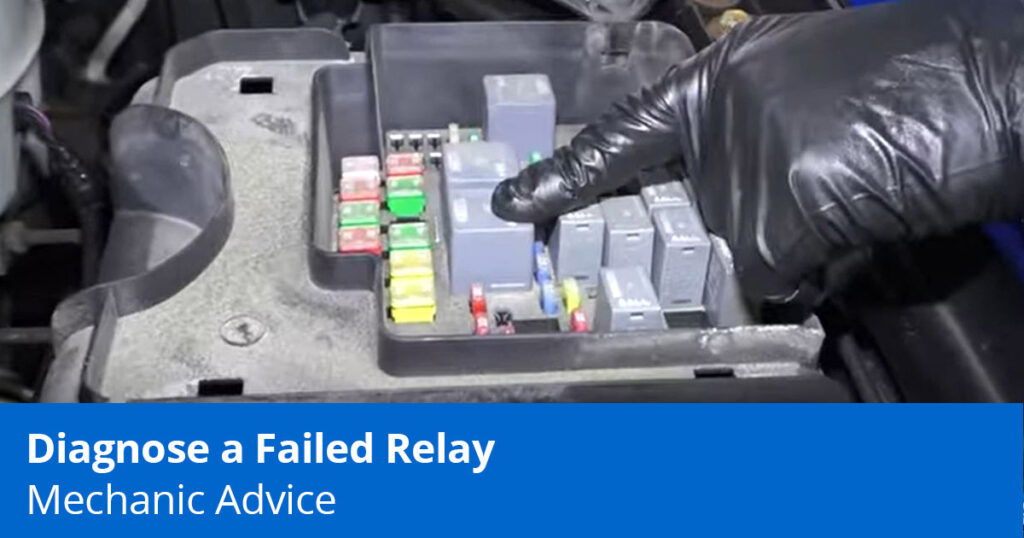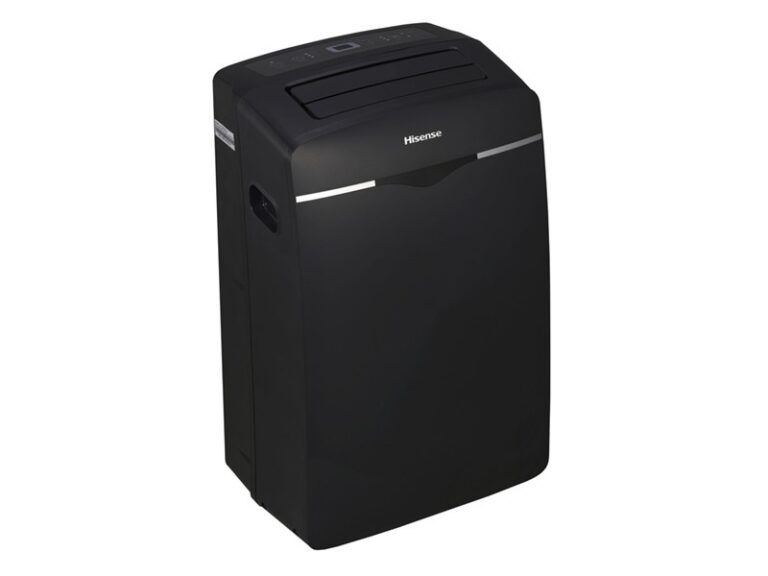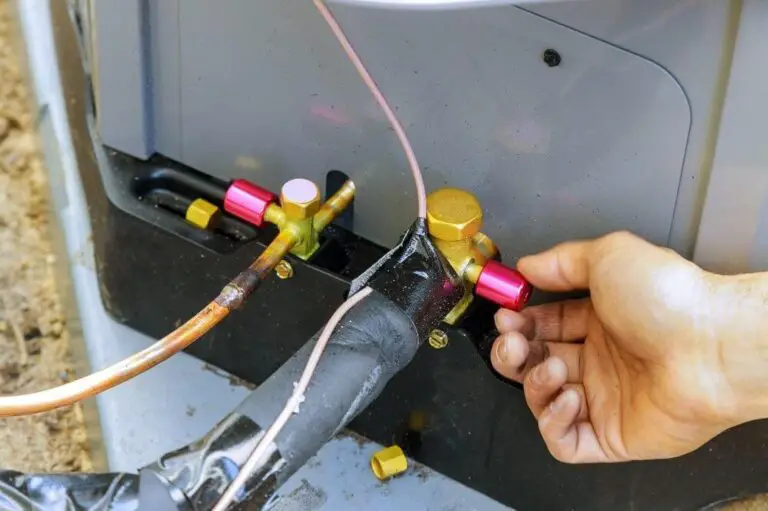How Do I Know If My AC Relay Is Bad? Expert Tips & Signs
If your AC relay is bad, your air conditioner won’t start or might make a clicking sound. You may also notice intermittent cooling issues.
Air conditioning systems rely on relays to control various functions. These small but crucial components help switch electrical circuits on and off. A faulty AC relay can lead to system malfunctions, inefficiencies, or complete failure. Recognizing the signs of a bad relay can save time and money.
Common symptoms include the AC unit not turning on, strange clicking noises, or inconsistent cooling performance. Addressing these issues early on ensures your air conditioner operates smoothly and efficiently. Regular maintenance and timely replacement of faulty relays can prolong the life of your AC system.
Symptoms Of A Faulty Ac Relay
A faulty AC relay can cause many issues. Identifying these symptoms early can prevent further damage. Below are some common signs that your AC relay may be bad.
Unusual Noises
If you hear strange sounds from your AC unit, it may be a sign of a bad relay. These noises can include clicking, buzzing, or humming. These sounds can indicate that the relay is struggling to function.
Sometimes, a faulty relay can cause the AC to make a loud clunking noise. This can happen when the relay fails to switch on or off correctly. If you hear these sounds, it’s best to check the relay.
Inconsistent Cooling
One common symptom of a bad AC relay is inconsistent cooling. The AC may blow cold air sometimes and warm air at other times. This inconsistency can be frustrating and uncomfortable.
A faulty relay can prevent the AC compressor from engaging properly. This results in fluctuating temperatures. If your AC’s cooling is unreliable, the relay could be the culprit.

Credit: www.youtube.com
Causes Of Relay Failure
Understanding the causes of relay failure helps in diagnosing AC issues. Relays can fail due to various reasons, often linked to electrical problems or physical deterioration. Below are the common causes of relay failure:
Electrical Issues
Electrical issues are a primary cause of relay failure. These problems can stem from several sources:
- Voltage Spikes: Sudden voltage spikes can damage the relay.
- Short Circuits: Short circuits lead to excessive current, which can burn the relay.
- Poor Wiring: Faulty or loose wiring can disrupt the relay’s function.
- Corrosion: Corroded contacts impede electrical flow and harm the relay.
Wear And Tear
Relays are mechanical devices, and wear and tear can affect their performance. Common wear and tear issues include:
- Frequent Use: Relays used frequently wear out faster.
- Mechanical Stress: Constant mechanical stress can deform or break the relay parts.
- Heat Damage: Overheating can melt components, leading to failure.
Regular inspection and maintenance can prevent many of these issues. If you notice any of these signs, consider checking your relay.
Testing Your Ac Relay
Is your air conditioner not working properly? The problem could be a bad AC relay. Testing your AC relay helps you determine if it’s faulty. Follow these steps to test your AC relay effectively.
Using A Multimeter
A multimeter can help you test the relay. Follow these steps:
- Turn off the air conditioner and unplug it.
- Locate the relay. Check the owner’s manual if needed.
- Set your multimeter to the continuity test mode.
- Touch the multimeter probes to the relay’s terminals.
- Check the reading. A good relay shows continuity.
- If there is no continuity, the relay is bad.
Using a multimeter is a reliable way to test your AC relay. It gives you accurate results quickly.
Visual Inspection
A visual inspection can also help you identify a bad relay. Here’s what to do:
- Turn off the air conditioner and unplug it.
- Locate the relay. Refer to the owner’s manual if needed.
- Look for any visible damage on the relay.
- Check for burnt marks, melted plastic, or broken parts.
- If you see any damage, the relay likely needs replacement.
Visual inspection is a simple way to detect obvious issues. It helps you spot problems that a multimeter might miss.

Credit: www.rycompressors.com
Diy Troubleshooting Steps
If your AC is not working, the relay could be the issue. Follow these simple steps to check if the AC relay is bad. These DIY troubleshooting steps will help you identify and possibly fix the problem.
Checking Connections
First, ensure the power is off to avoid any electrical hazards. Locate the relay in your AC unit. It is usually near the control board. Carefully inspect the connections for any signs of wear or damage.
- Check if the wires are secure.
- Look for any burnt or melted areas.
- Ensure all connectors are firmly in place.
If any connections look loose, tighten them. If there is visible damage, you may need to replace the wires or connectors.
Resetting The System
Sometimes, a simple reset can fix the issue. Turn off the power to the AC unit. Wait for about 5 minutes. This will allow the system to reset.
- Turn off the AC unit at the thermostat.
- Switch off the circuit breaker.
- Wait for 5 minutes.
- Turn the circuit breaker back on.
- Turn the AC unit back on at the thermostat.
After resetting, observe if the AC unit starts working normally. If it does not, the relay might still be the problem.
By following these DIY troubleshooting steps, you can determine if your AC relay is bad. If the issue persists, it might be time to call a professional technician.
When To Call A Professional
Knowing when to call a professional is crucial. It can save you time and money. If your AC relay issues persist, professional help is best.
Complex Electrical Problems
Complex electrical problems are not for amateurs. They can be dangerous. Professionals have the right tools and training. They can diagnose and fix the problem safely.
- Electrical shocks
- Burn marks on wires
- Frequent circuit breaker trips
Persistent Issues
Persistent issues are a sign of bigger problems. If your AC relay keeps failing, a professional should inspect it. They can find hidden faults and repair them.
- AC unit not turning on
- Unusual noises
- Constant cycling on and off
Calling a professional ensures your AC unit is safe and efficient. It also extends the lifespan of your system. Always choose a certified technician for the best results.
Preventing Ac Relay Problems
Preventing AC relay problems is crucial for the longevity of your AC system. Simple steps can save you from costly repairs. Here, we discuss key practices to keep your AC relay in top shape.
Regular Maintenance
Regular maintenance is vital for a healthy AC relay. Schedule a professional check-up twice a year. This ensures your system runs smoothly and identifies issues early.
- Clean the AC unit: Dust and debris can damage the relay.
- Check electrical connections: Loose wires can cause relay failure.
- Test the relay: Use a multimeter to check for continuity.
Timely Replacements
Timely replacements are essential to avoid sudden relay failures. An old relay can cause the AC to malfunction. Replace the relay every 5-7 years for optimal performance.
- Monitor the relay: Check for signs of wear and tear.
- Listen for unusual noises: Clicking sounds can indicate a failing relay.
- Observe the AC’s performance: Inconsistent cooling may be due to a bad relay.
Follow these steps to keep your AC system running efficiently. Regular maintenance and timely replacements can prevent many AC relay problems.
Cost Of Relay Replacement
Knowing the cost of relay replacement can help you budget better. This section breaks down the average prices and factors influencing cost.
Average Prices
The cost of replacing an AC relay varies. On average, you can expect to pay between $20 and $100 for the relay part alone. Labor costs can add an additional $50 to $150 depending on the service provider.
To give a better idea, here is a simple table:
| Component | Cost Range |
|---|---|
| Relay Part | $20 – $100 |
| Labor | $50 – $150 |
Factors Influencing Cost
Several factors can influence the cost of relay replacement:
- Brand: High-end brands may charge more.
- Location: Prices vary by region and service provider.
- Labor Rates: Skilled technicians may charge higher rates.
- Warranty: Extended warranties can increase costs.
In some cases, additional repairs may be needed. This could further increase the overall cost. Always get a detailed quote before proceeding with the repair.

Credit: blog.1aauto.com
Choosing The Right Replacement Relay
Replacing a bad AC relay is crucial for your system’s performance. Choosing the right replacement relay ensures your AC works efficiently. Here’s how you can make the right choice.
Compatibility
Ensure the new relay matches your AC unit. Check the model number and specifications. Use the information from the manufacturer’s manual. This prevents mismatch issues and ensures smooth operation.
| Specification | Details |
|---|---|
| Model Number | Must match the AC unit’s model |
| Voltage | Ensure it matches your system’s voltage |
| Current Rating | Check for the correct current rating |
Using a compatible relay avoids electrical issues. It also extends the life of your AC unit.
Quality Brands
Opt for reliable brands when choosing a replacement relay. Quality brands ensure durability and efficiency. They offer better warranties and customer support.
- Honeywell – Known for reliable and long-lasting relays.
- Siemens – Offers high-quality electrical components.
- Schneider Electric – Trusted for energy-efficient products.
Choosing a quality brand reduces the risk of frequent replacements. It also ensures your AC runs smoothly.
Invest in a good replacement relay. It saves you money and keeps your AC running efficiently.
Frequently Asked Questions
What Are The Symptoms Of A Bad Ac Relay?
A bad AC relay may cause the AC compressor not to engage. Other symptoms include intermittent cooling, no cooling, and unusual clicking sounds.
How Do You Test An Ac Relay?
To test an AC relay, first disconnect power. Use a multimeter to check coil resistance. Apply voltage to the relay coil and listen for a click. Check continuity of the relay contacts when activated. Ensure the relay functions correctly by verifying the output.
How Do I Know If My Relay Is Bad?
To check if your relay is bad, listen for a click when activated. No sound indicates a problem. Check for burned contacts, inspect for corrosion, and test with a multimeter for continuity.
Conclusion
Identifying a bad AC relay is crucial for system efficiency. Watch for symptoms like unusual noises or inconsistent cooling. Regular maintenance helps prevent relay issues. If you suspect problems, seek professional help. Keeping your AC in good shape ensures comfort and longevity.
Stay proactive, and your AC will run smoothly for years.







